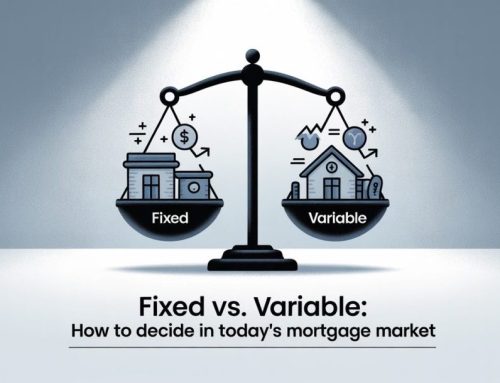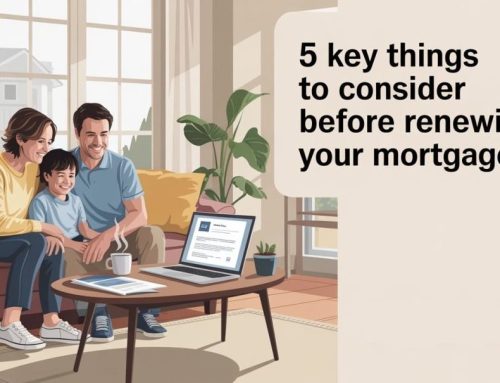Pretty much all variable rate mortgages can be converted into a fixed rate at any time during the term, and at no cost. In a typical market, variable rate mortgages are generally priced a fair bit lower than fixed rate options. There is also room for prime rate to move in either direction.
This is however anything but a typical market.
Prime rate set based on the Bank of Canada overnight rate, which is currently 0.25%. When the BOC changes their overnight rate, it moves in 0.25% intervals. This means that one more downward move by the Bank of Canada would put the overnight rate at 0.00%. While this could potentially happen, it’s quite unlikely. Anything is possible of course.
The prime rate is currently 2.45%.
Given the current economic landscape, it’s unlikely that we’ll see any changes to prime rate until sometime in 2022. I would not be surprised if it remained the same for much longer than that. If the rate increases in 2022, then it would not be anything major. There likely won’t be more than two or three increases before the end of 2025…. if there are any at all. Time will tell of course.
There are many homeowners currently enjoying variable rate mortgages with discounts greater than 1% off prime, putting their mortgage rates below 1.50%. Anyone in this category will want to hold on to this rate for as long as they can. For anyone currently with a mortgage rate of 2.00% or greater, then there may be opportunity to make a move.
5 Year Fixed Rates Reach New Historical Lows
5 year fixed rates have now dropped to as low as 1.64%, which is a new historical low. Usually when converting a variable rate into a fixed, it can be a difficult choice as fixed rates are usually higher. This is something that can be considered when there is serious upward pressure on mortgage rates. Fortunately, this is not the case in today’s market. In fact, it’s quite the opposite. Fixed mortgage rates have been dropping fast, and it’s likely that they will fall further. It’s possible that we could see 5 year fixed rates as low as 1.50% by the end of this year. We’ll soon see!
Two Options For Converting Variable Into a Fixed Mortgage Rate
The first option is to stay with your current lender. This is ideal, as you would be able to make the conversion without any cost. Even if the new rate was higher than other lenders, which is likely to be the case, the lack of penalty still makes this an attractive option.
The second option would be to switch to a different lender at a lower rate. In this situation, a penalty to break the mortgage would apply. With most variable rate mortgages, the penalty is three months interest. In order to justify paying the penalty, the rate would need to be a fair bit lower than the variable rate being offered by your current lender.
The first thing you would want to do is check to find out what rate can be offered by your current lender. Then reach out to us to let us know what your being offered. We can then crunch the numbers for you to see if it will be beneficial for you to take the offer from your current lender, or switch to a lower rate with another lender.








Leave A Comment